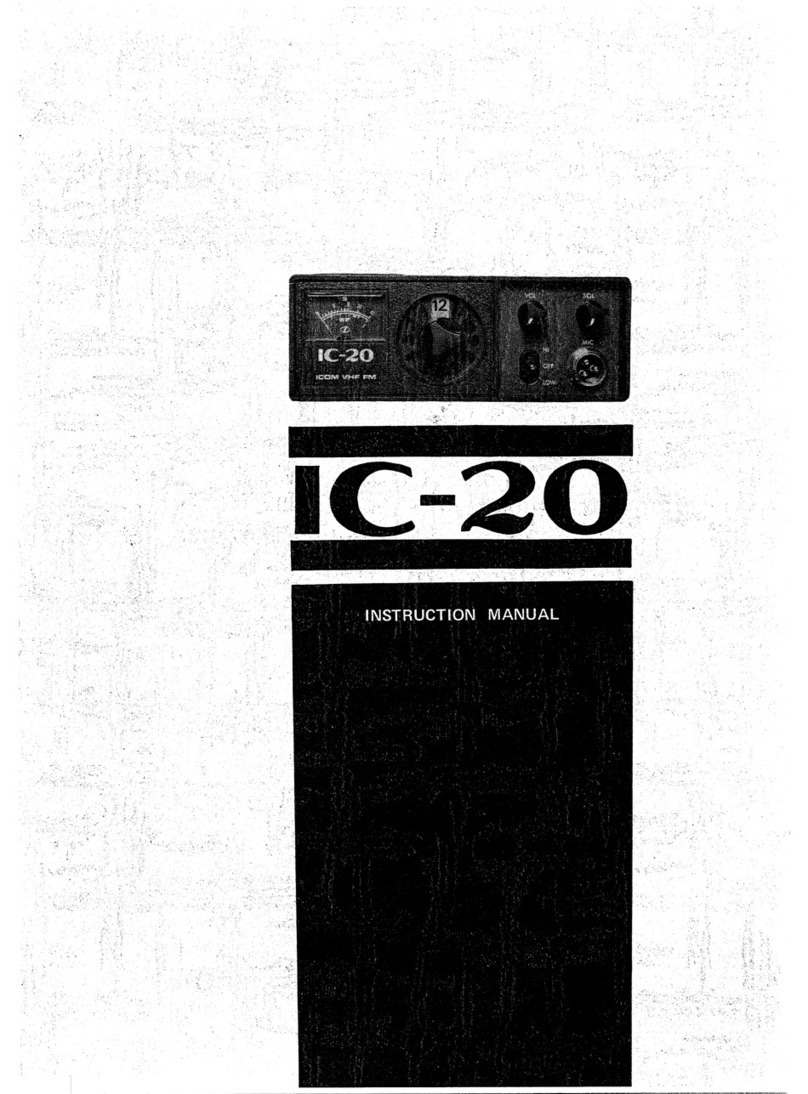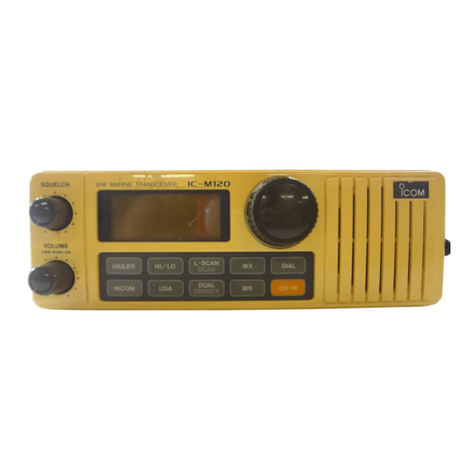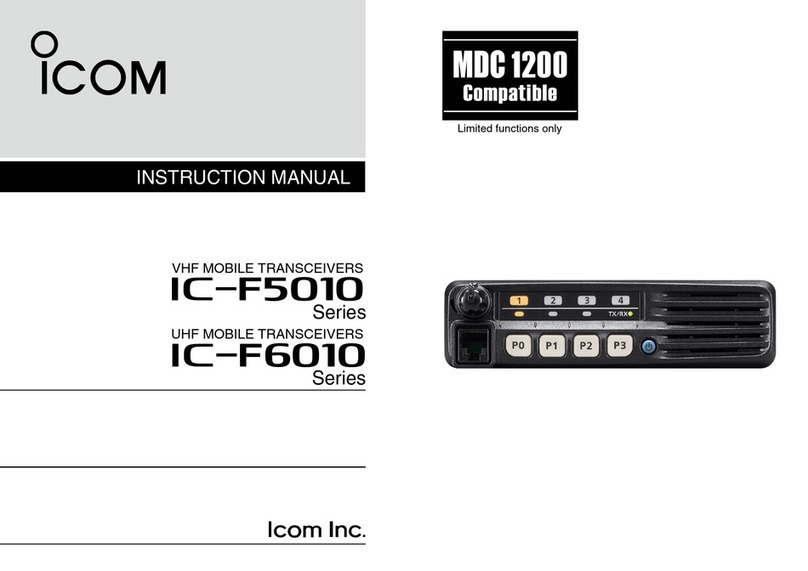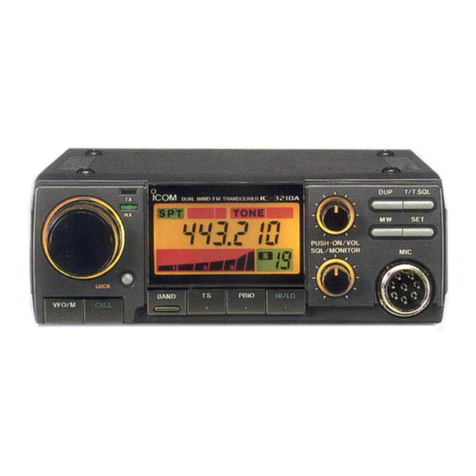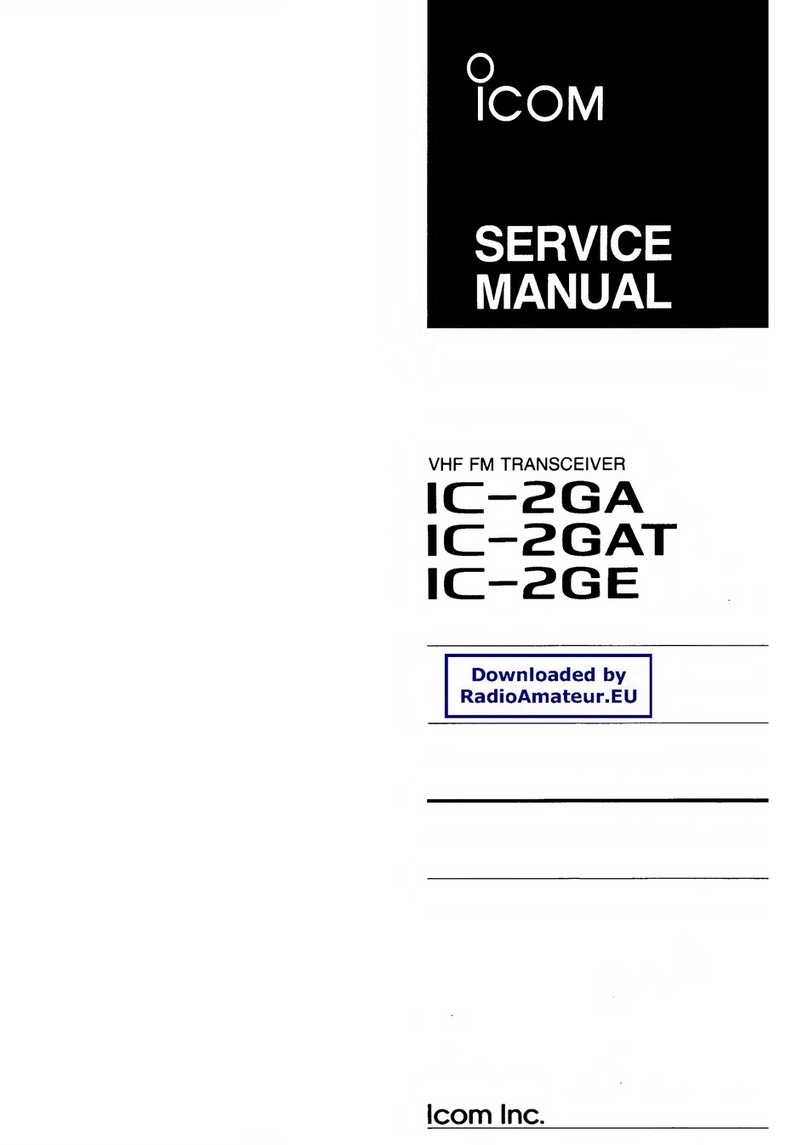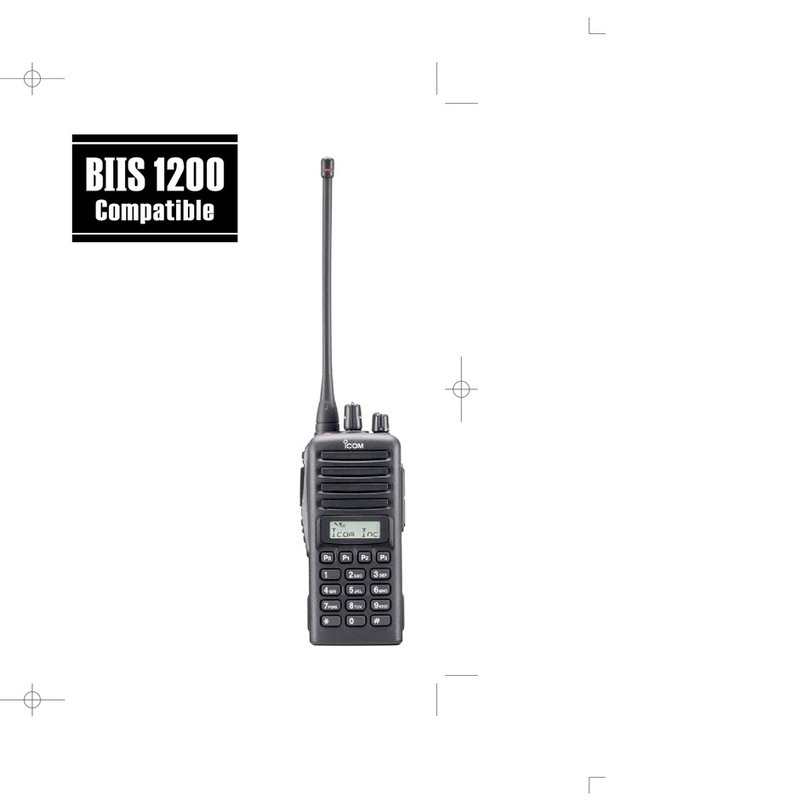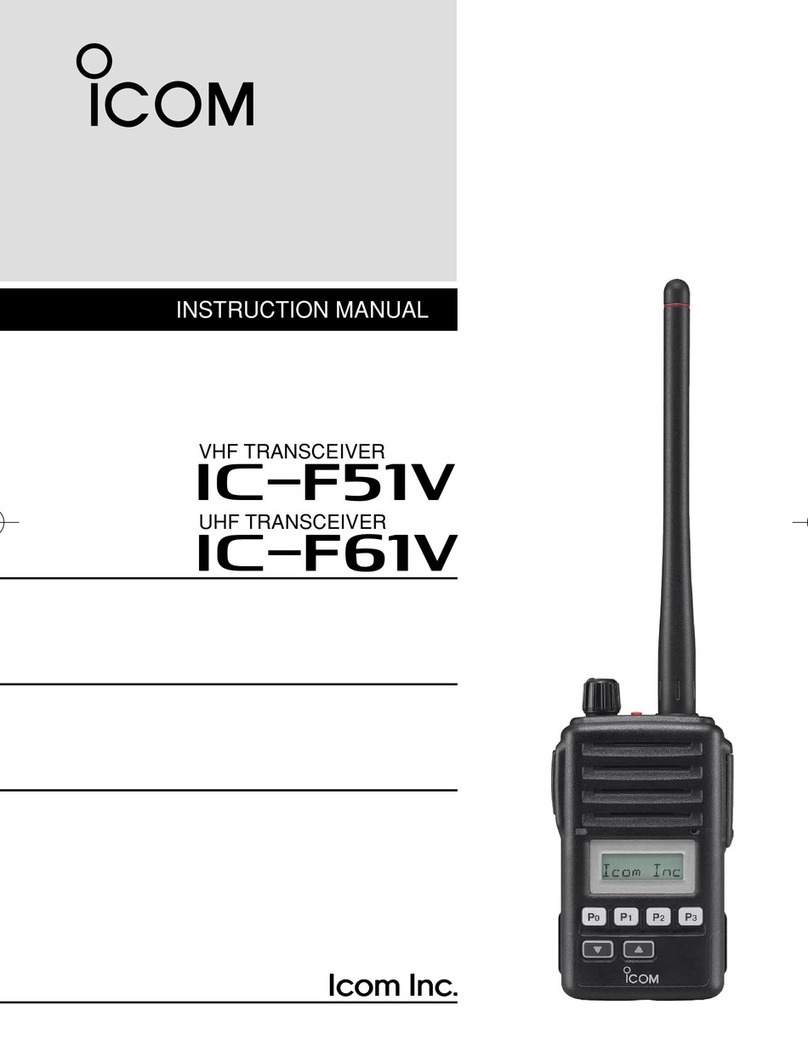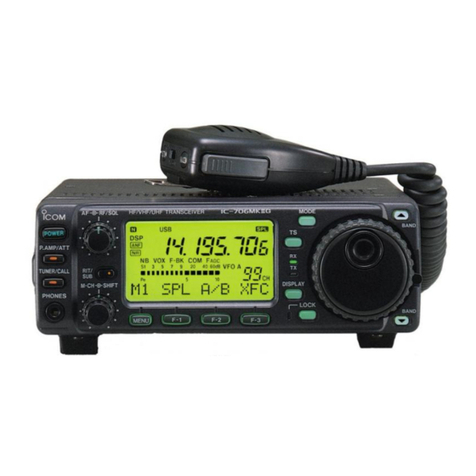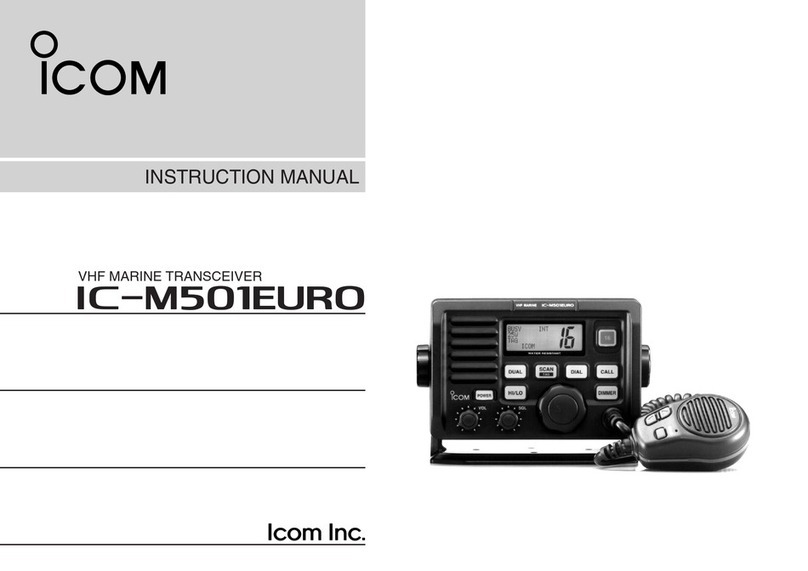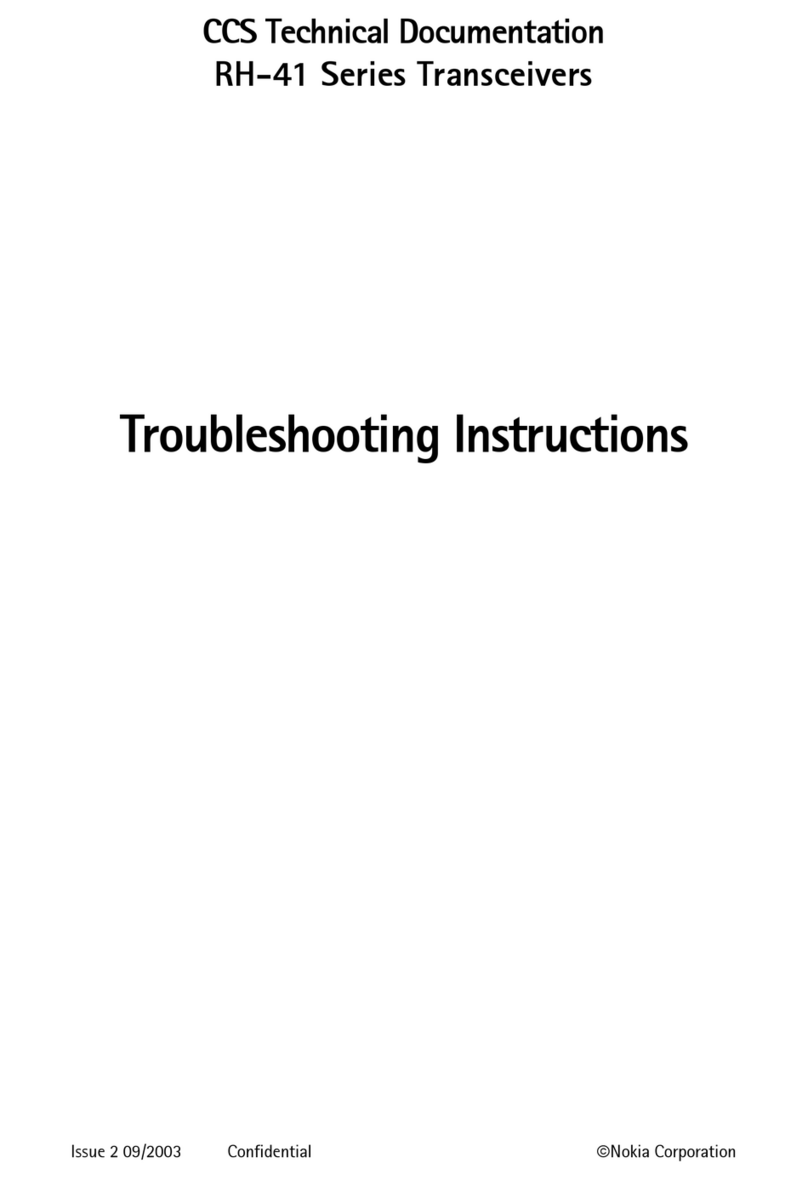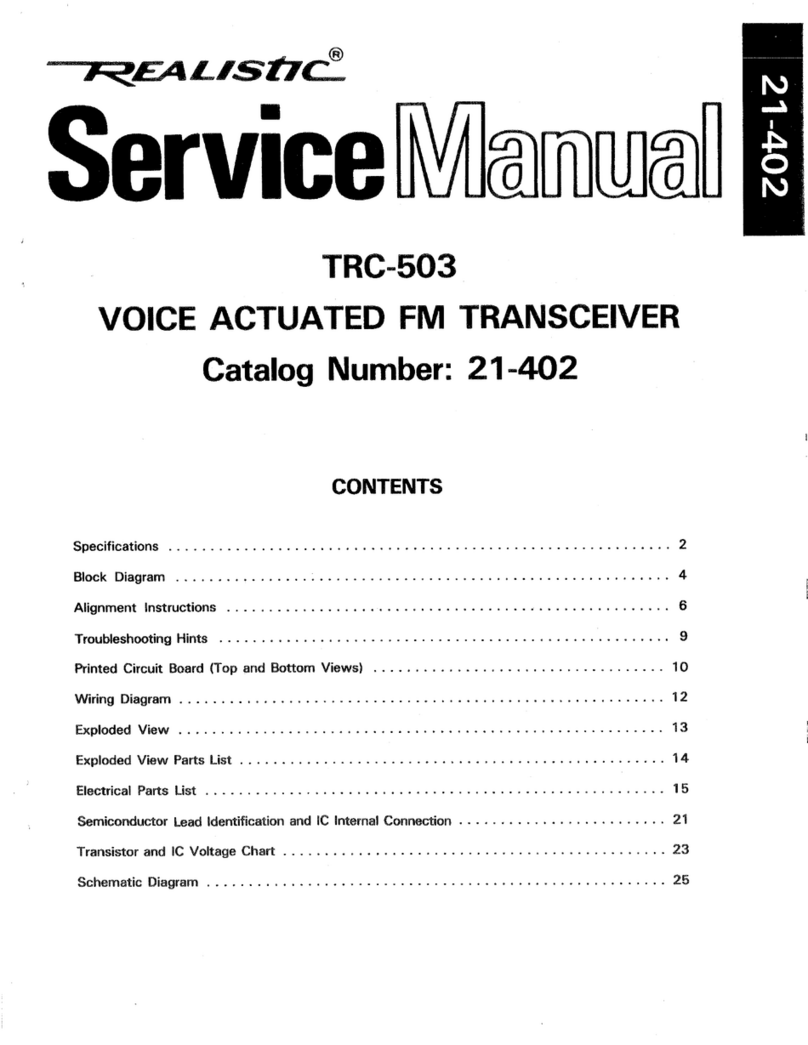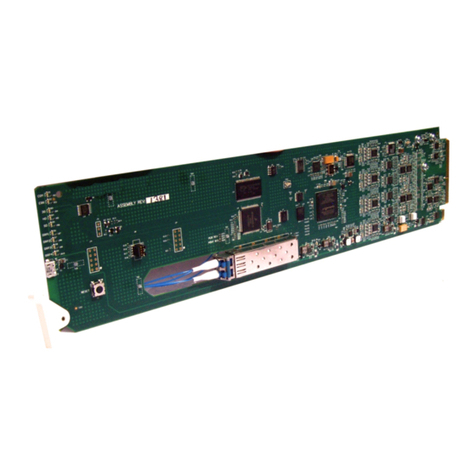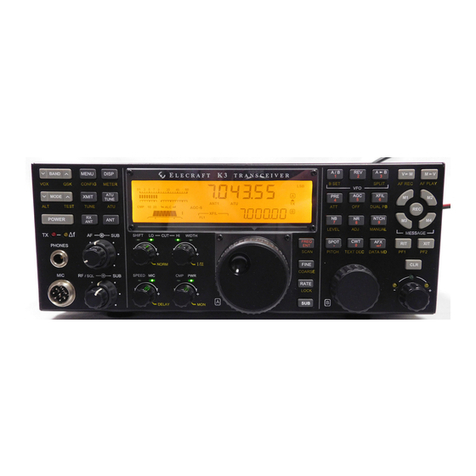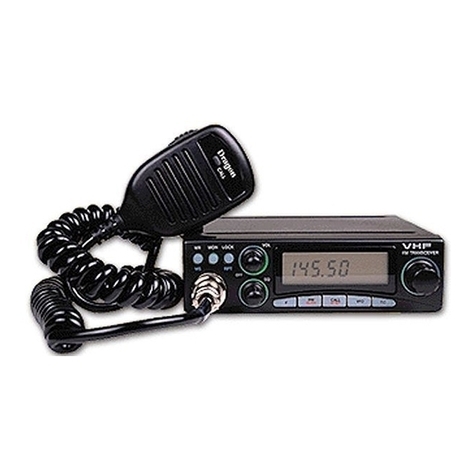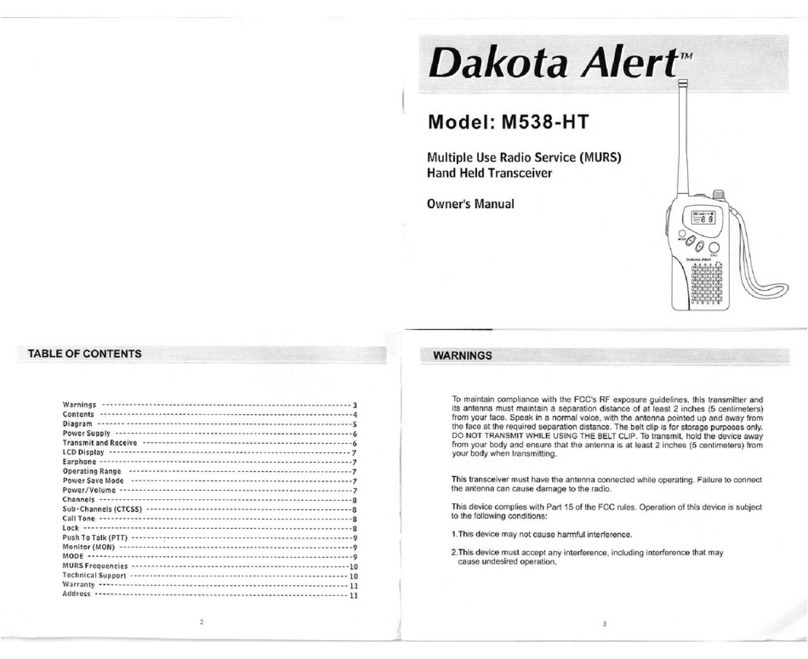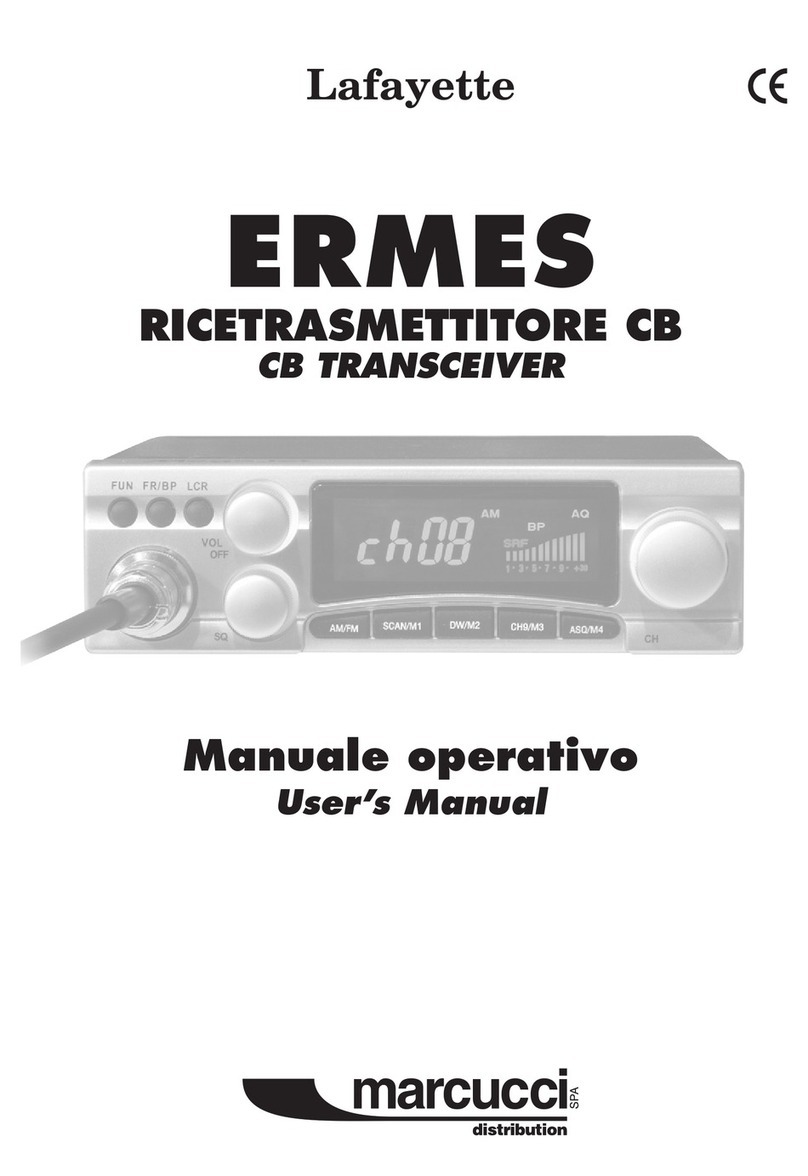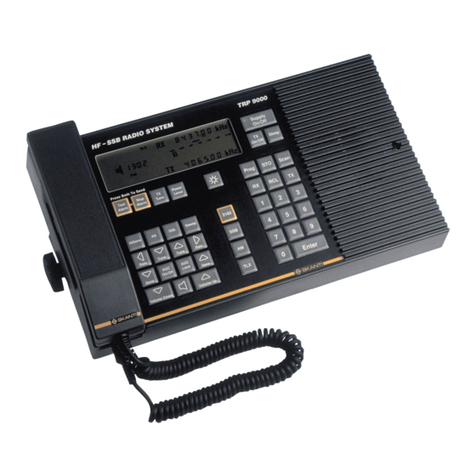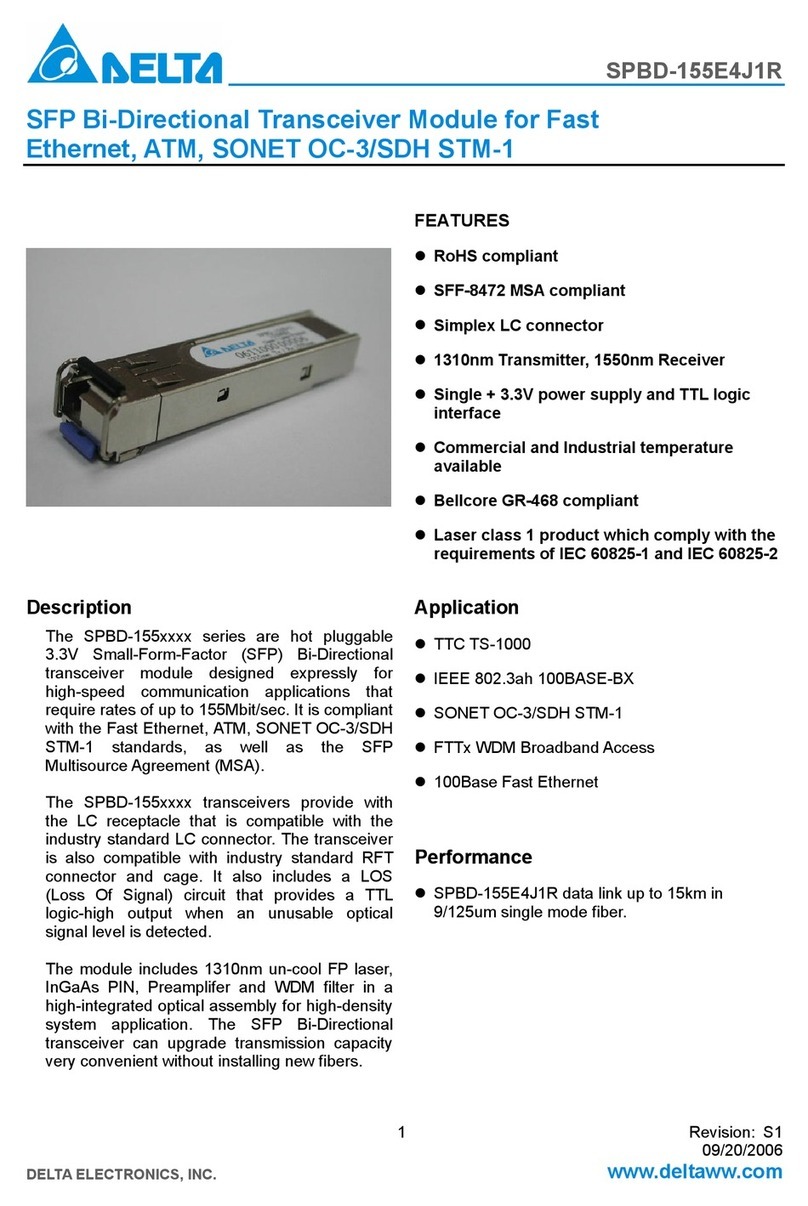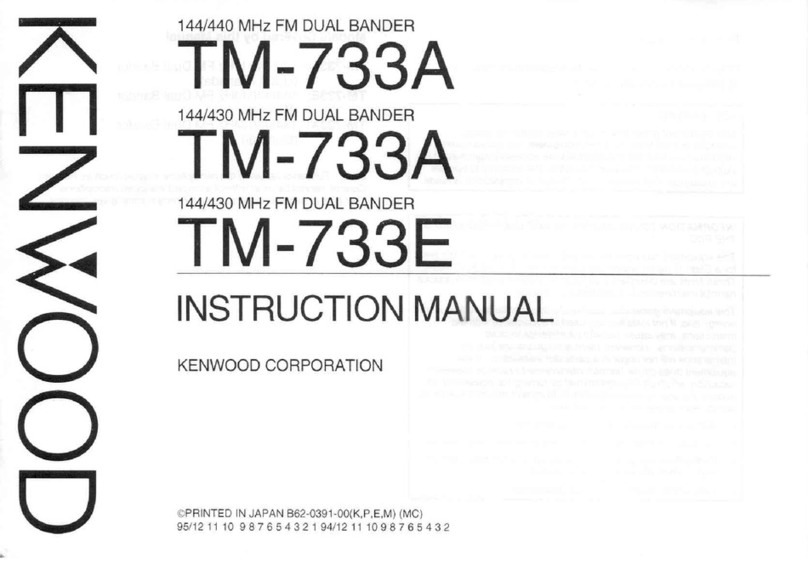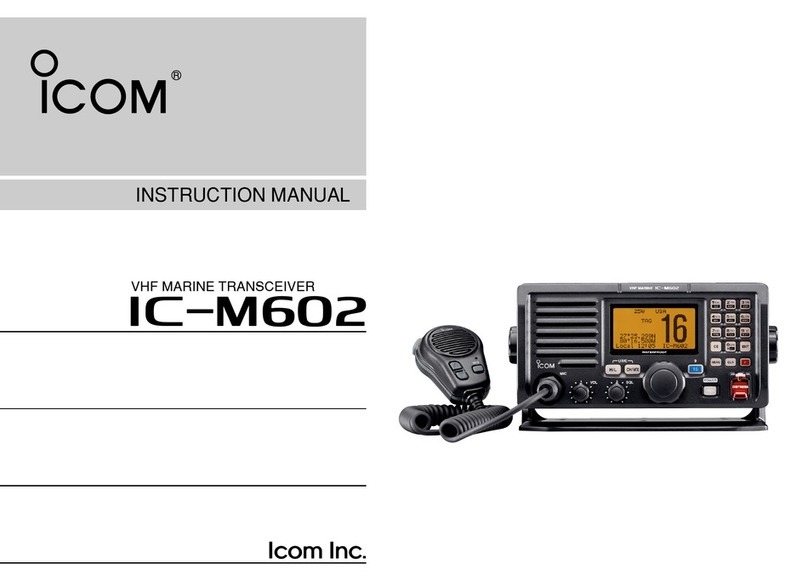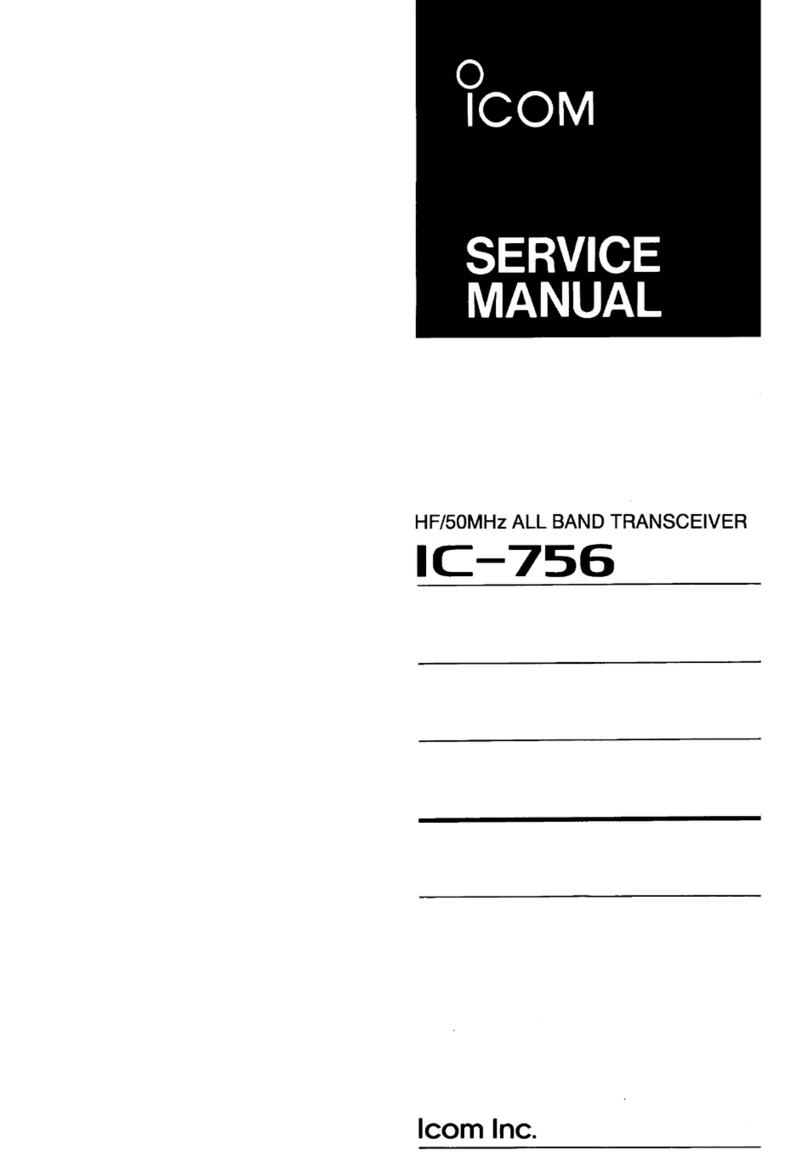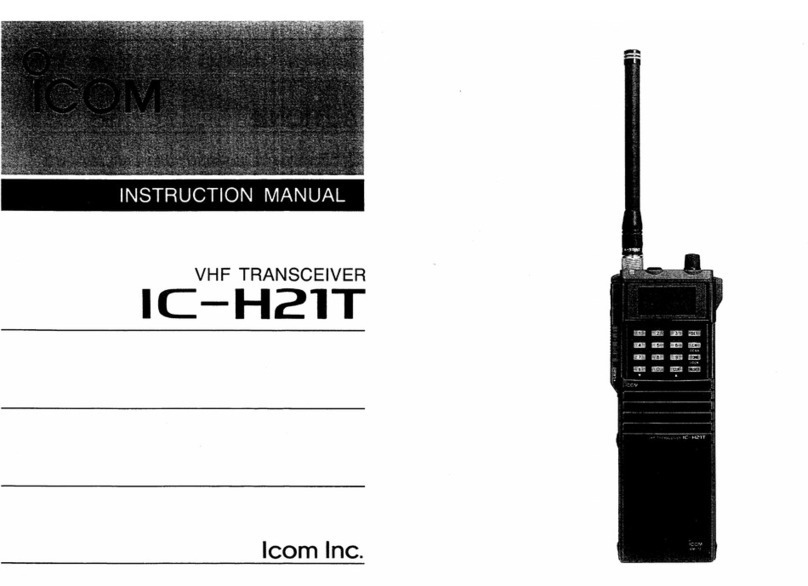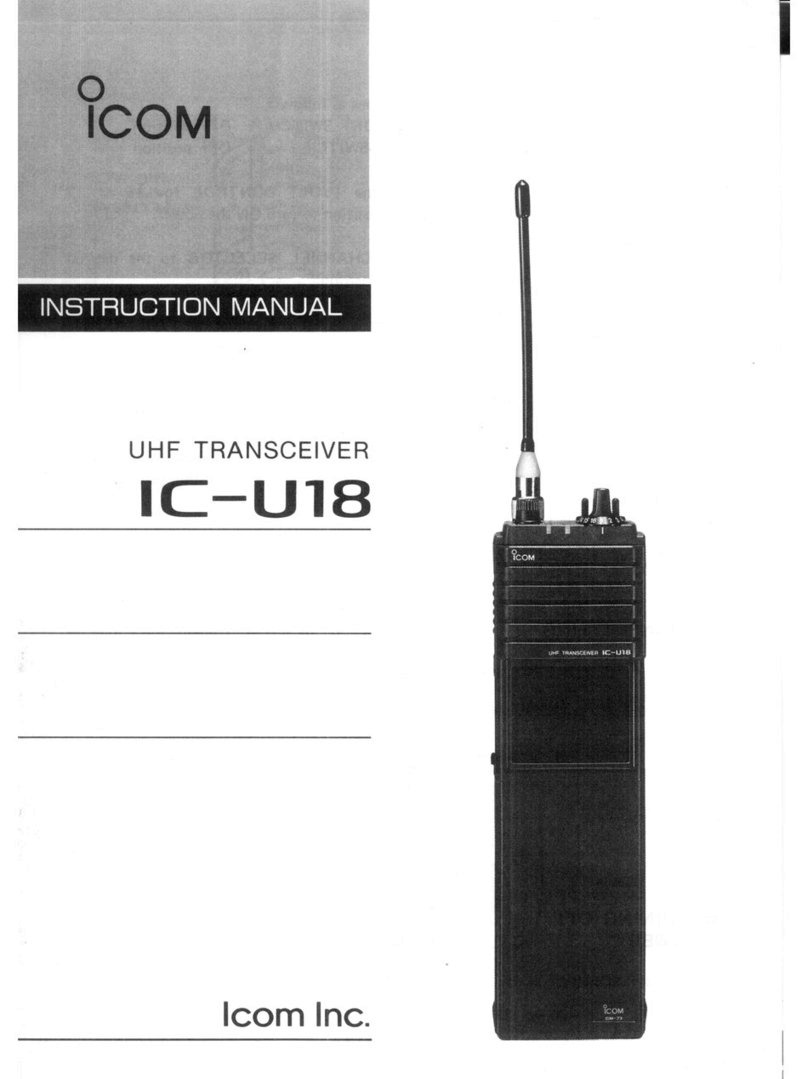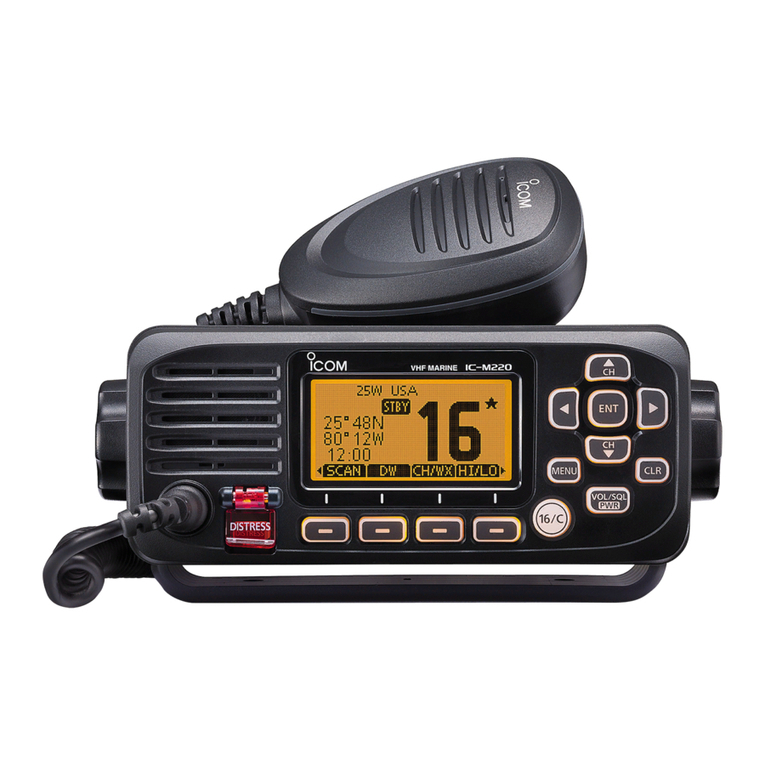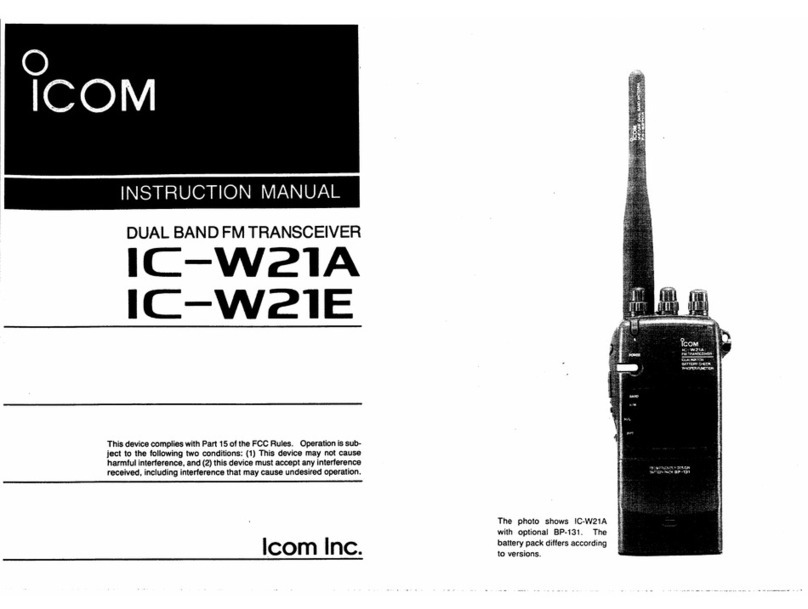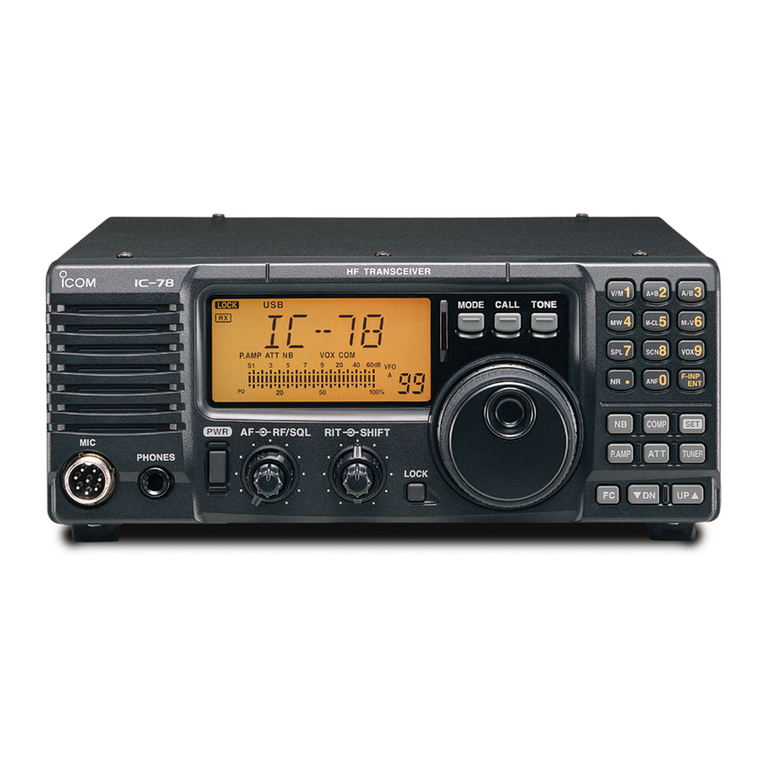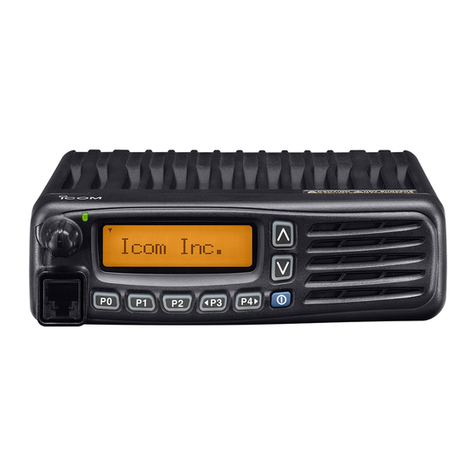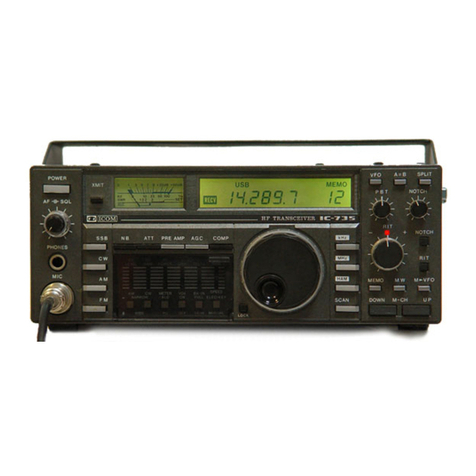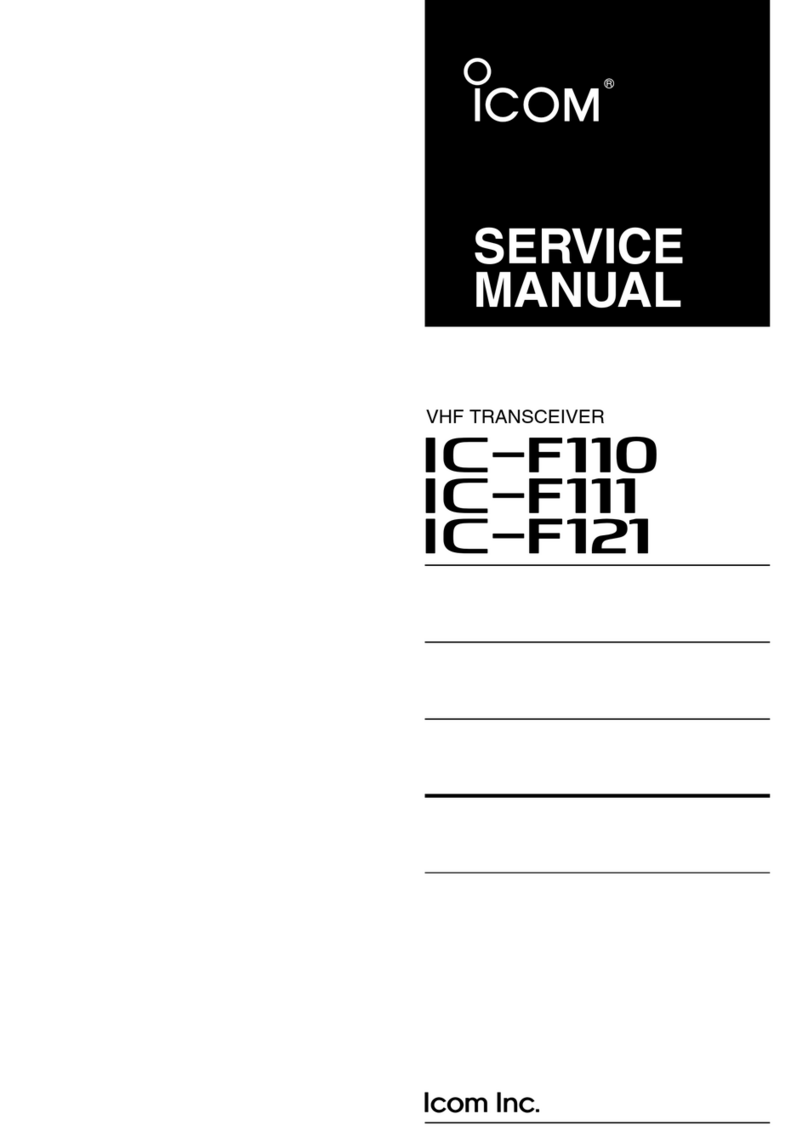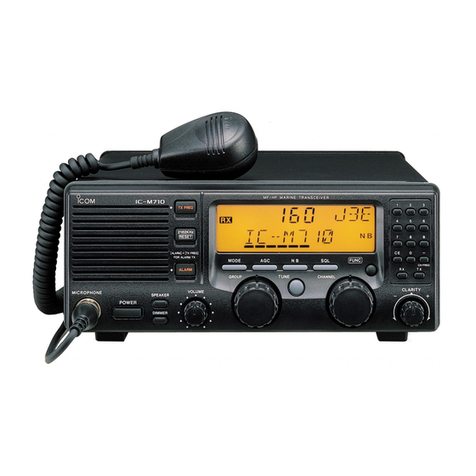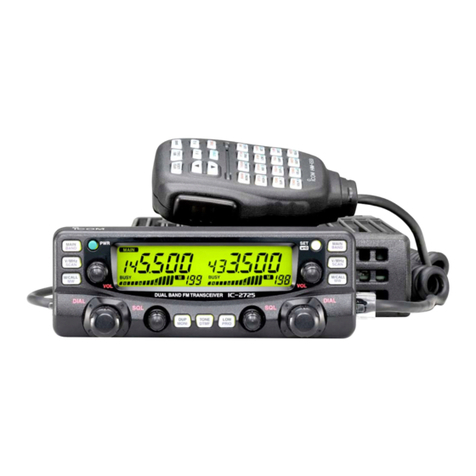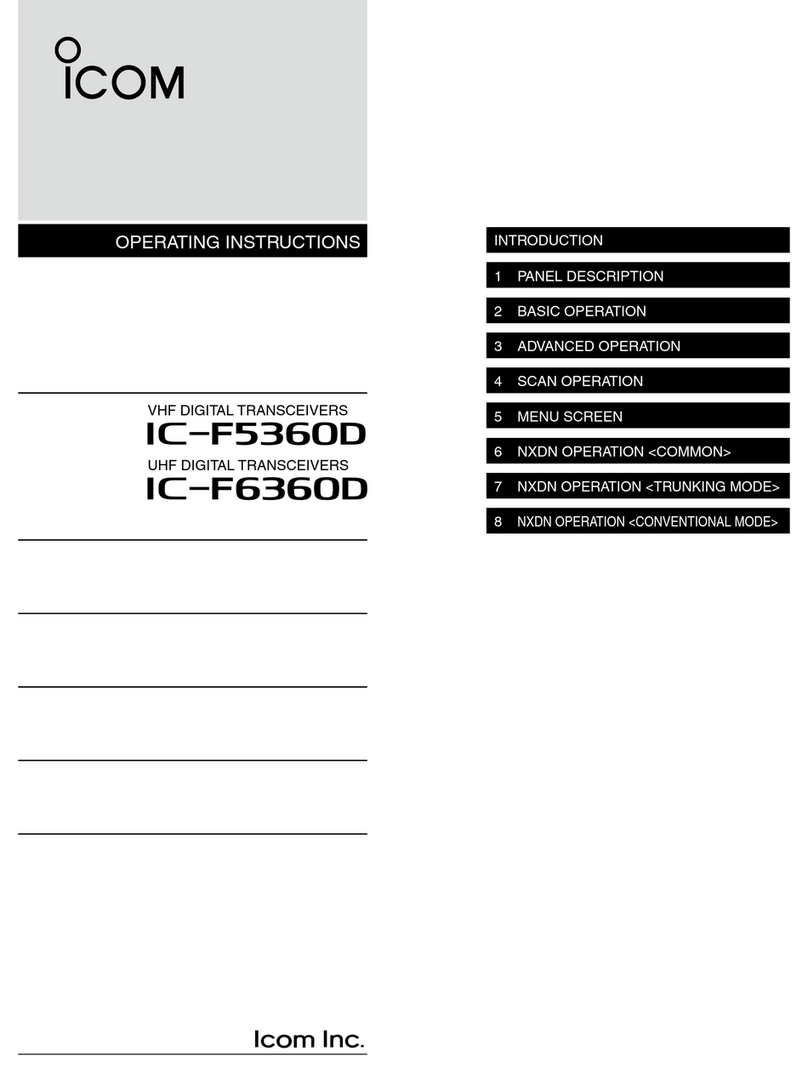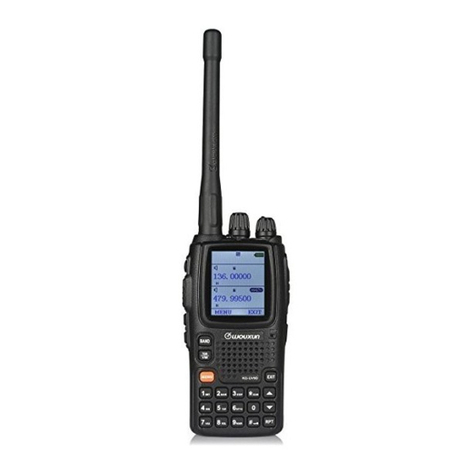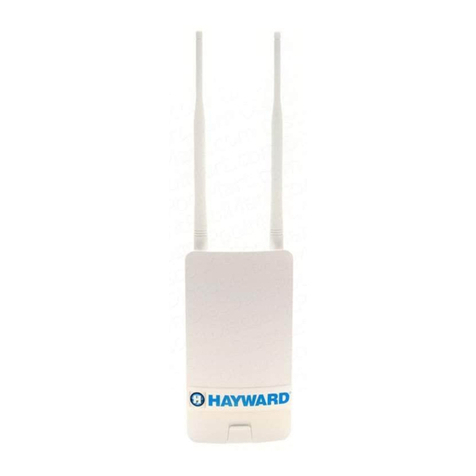PARTS LIST
IC2 1130015760 S.IC TC74VHC4066AFK(EK) T 78.2/31.6
IC3 1110008550 S.IC NJM2904CRB1-TE1-#HMZR T 84.1/23.8
IC4 1110007810 S.IC AK2346AP-L T 69.8/22.3
IC5 1110008550 S.IC NJM2904CRB1-TE1-#HMZR B 40.5/14.2
IC6 1180004430 S.REG XC6209F502MR-G B 33.2/11.4
IC7 1110008550 S.IC NJM2904CRB1-TE1-#HMZR B 50.7/29.0
IC8 1110007620 S.IC NJU7704F3-42A-TE1-#ZZZB B 9.0/10.2
IC9 1140016890 S.IC R4F20335RDFE B 19.1/14.2
IC10 1110007290 S.IC AK2330P-L B 57.1/21.9
IC11 1110008550 S.IC NJM2904CRB1-TE1-#HMZR B 57.5/28.5
IC13 1130016620 S.IC GT24C128A-2ZLI-TR <MSK> B 8.6/28.1
IC14 1130009581 S.IC TC7W66FU(TE12LF) B 25.6/33.7
IC15 1130017460 S.IC AK1542A-L B 19.5/35.9
IC16 1110008391 S.IC SC-1451 B 55.3/10.4
IC17 1110002751 S.IC TA75S01F(TE85RF) T 85.6/35.0
IC19 1180004430 S.REG XC6209F502MR-G T 100.0/23.3
IC20 1180004430 S.REG XC6209F502MR-G B 97.2/15.1
IC21 1130017430 S.IC NJU6434KS4-TE4-#ZZZB [#05] T 54.3/20.2
1130017430 S.IC NJU6434KS4-TE4-#ZZZB [#08]
1130017430 S.IC NJU6434KS4-TE4-#ZZZB [#09]
1130017430 S.IC NJU6434KS4-TE4-#ZZZB [#12]
IC22 1190003700 S.IC KXCJ9-1008 B 8.0/34.6
IC23 1130014200 S.IC TC7WPB307FK(TE85LF) B 12.3/34.2
IC24 1180004140 S.REG XC6221A302MR-G B 12.5/30.1
Q1 1590004070 S.TRA LDTC144EET1G <SLVJ> B 65.6/41.3
Q2 1590004070 S.TRA LDTC144EET1G <SLVJ> T 78.6/35.8
Q3 1590004220 S.TRA DRA9123Y0L T 85.0/28.5
Q4 1590004070 S.TRA LDTC144EET1G <SLVJ> B 93.5/14.0
Q5 1590004390 S.TRA DMG504010R B 37.0/7.6
Q9 1520000910 S.TRA 2SB1132L-R-AB3-R <SLVJ> T 89.5/7.9
Q10 1590004590 S.TRA DMC506010R B 89.3/8.7
Q15 1590003490 S.TRA DTA113ZE TL T 90.0/25.0
Q16 1590004310 S.TRA LDTA114EET1G <SLVJ> T 97.5/27.4
Q17 1590003490 S.TRA DTA113ZE TL B 100.3/28.0
Q19 1590004070 S.TRA LDTC144EET1G <SLVJ> B 51.6/34.1
Q20 1590004340 S.TRA DRC9144T0L B 6.7/21.0
Q21 1590004050 S.TRA LDTA144EET1G <SLVJ> T 103.0/22.9
Q22 1590004050 S.TRA LDTA144EET1G <SLVJ> T 102.6/25.7
Q23 1530002851 S.TRA 2SC4116-BL(TE85RF) B 40.3/18.4
Q24 1590004070 S.TRA LDTC144EET1G <SLVJ> B 39.6/39.6
Q25 1530002921 S.TRA 2SC4226-T1 Y25 (R25) B 31.4/28.3
Q26 1530002851 S.TRA 2SC4116-BL(TE85RF) B 50.9/17.7
Q27 1530002921 S.TRA 2SC4226-T1 Y25 (R25) B 42.4/28.7
Q28 1590004060 S.TRA LDTC114EET1G <SLVJ> B 35.5/29.8
Q29 1590004060 S.TRA LDTC114EET1G <SLVJ> B 32.5/26.0
Q30 1530003321 S.TRA 2SC5108-Y(TE85RF) B 37.3/23.9
Q31 1530003321 S.TRA 2SC5108-Y(TE85RF) B 42.7/25.7
Q32 1530003321 S.TRA 2SC5108-Y(TE85RF) B 30.7/23.9
Q33 1530002601 S.TRA 2SC4215-O(TE85RF) B 57.6/6.5
Q34 1530003321 S.TRA 2SC5108-Y(TE85RF) B 54.4/36.7
Q35 1530004180 S.TRA 2SC3356-T1B YS (R25) B 58.5/36.9
Q36 1560001910 S.FET RD01MUS2B-T113 B 63.5/34.0
Q37 1580000731 S.FET 3SK293(TE85LF) B 67.0/19.5
Q38 1560001701 S.FET RD07MUS2B-T214 B 71.2/34.9
Q39 1580000731 S.FET 3SK293(TE85LF) B 84.5/15.8
Q40 1590004050 S.TRA LDTA144EET1G <SLVJ> T 90.0/32.1
Q41 1590004060 S.TRA LDTC114EET1G <SLVJ> [#05] B 23.5/24.8
1590004060 S.TRA LDTC114EET1G <SLVJ> [#08]
1590004060 S.TRA LDTC114EET1G <SLVJ> [#09]
1590004060 S.TRA LDTC114EET1G <SLVJ> [#12]
Q42 1590004070 S.TRA LDTC144EET1G <SLVJ> B 90.3/13.0
Q44 1590004070 S.TRA LDTC144EET1G <SLVJ> B 8.3/37.4
D4 1750001810 S.DIO L1SS400T1G <SLVJ> T 95.5/10.7
D5 1790001670 S.DIO RB706F-40T106 T 86.7/26.8
D6 1750001790 S.DIO 1SS390 TE61 B 8.0/18.7
D7 1750001820 S.DIO LRB706F-40T1G <SLVJ> B 4.4/20.8
D9 1720000701 S.VAR 1SV305(TPL3F) B 35.0/32.8
D10 1750001770 S.VAR 1SV323(TPH3F) B 29.9/33.3
D11 1750001770 S.VAR 1SV323(TPH3F) B 39.3/35.6
D12 1720000701 S.VAR 1SV305(TPL3F) B 37.1/32.7
D13 1750002790 S.VAR BB857 H7902 <RYOYO> B 40.4/32.6
D16 1750002990 S.DIO BAR88-02V H6327 <RYOYO> B 45.7/26.3
D17 1750002780 S.DIO RN142GT2R B 46.3/23.8
D18 1720000701 S.VAR 1SV305(TPL3F) B 81.2/11.1
D19 1750002990 S.DIO BAR88-02V H6327 <RYOYO> B 83.5/32.0
D20 1750001810 S.DIO L1SS400T1G <SLVJ> [#01] T 89.8/34.7
1750001810 S.DIO L1SS400T1G <SLVJ> [#04]
1750001810 S.DIO L1SS400T1G <SLVJ> [#09]
1750001810 S.DIO L1SS400T1G <SLVJ> [#12]
D21 1720000701 S.VAR 1SV305(TPL3F) B 88.9/20.2
D22 1750001800 S.DIO RB886CS T2RA B 85.0/32.2
D23 1750001800 S.DIO RB886CS T2RA B 85.1/34.3
D25 1720000701 S.VAR 1SV305(TPL3F) B 88.9/22.7
D27 1750002990 S.DIO BAR88-02V H6327 <RYOYO> B 85.9/26.6
D28 1750002990 S.DIO BAR88-02V H6327 <RYOYO> B 58.2/4.6
D29 1720000701 S.VAR 1SV305(TPL3F) B 84.2/10.6
D30 1720000701 S.VAR 1SV305(TPL3F) B 87.7/20.2
D31 1720000701 S.VAR 1SV305(TPL3F) B 87.7/22.7
FI1 2030000870 S.MON MFT46.3P3 46.350 MHz (FL-442) B 64.4/10.3
X1 6050013800 S.XTA CR-980 14.7456 MHz<SKD> T 64.7/19.3
REF PARTS DESCRIPTION M. H/V
NO. NO.
LOCATION
[MAIN UNIT]
M.=Mounted side (T: Mounted on the Top side, B: Mounted on the Bottom side)
S.=Surface mount
REF PARTS DESCRIPTION M. H/V
NO. NO.
LOCATION
[MAIN UNIT]
X2 6050013790 S.XTA CR-981 19.6608 MHz<SKD> B 6.3/12.9
X3 6050013760 S.XTA CR-978 TTS18VSH 15.3 MHz B 47.2/17.2
L2 6190002030 S.COI MLG1608S 1R0J-T B 34.2/35.5
L3 6200011860 S.COI LQW18ANR47G00D B 31.2/35.5
L4 6200011860 S.COI LQW18ANR47G00D B 41.0/34.4
L5 6190002030 S.COI MLG1608S 1R0J-T B 36.7/34.5
L6 6200014210 S.COI 0.30-0.9-4TL 8.6J <COMO> B 31.7/33.1
L7 6200014240 S.COI 0.30-0.9-3TR 5.8J <COMO> B 38.7/32.1
L9 6200012170 S.COI MLG1608S R18J-T B 52.8/18.0
L10 6200012170 S.COI MLG1608S R18J-T B 51.8/13.8
L13 6200013800 S.COI MLK1005S39NJT [#01] B 34.9/24.0
6200013830 S.COI MLK1005S22NJT [#04]
6200013800 S.COI MLK1005S39NJT [#05]
6200013830 S.COI MLK1005S22NJT [#08]
6200013800 S.COI MLK1005S39NJT [#09]
6200013830 S.COI MLK1005S22NJT [#12]
L14 6200013790 S.COI MLK1005S47NJT [#01] B 42.8/24.1
6200013810 S.COI MLK1005S33NJT [#04]
6200013790 S.COI MLK1005S47NJT [#05]
6200013810 S.COI MLK1005S33NJT [#08]
6200013790 S.COI MLK1005S47NJT [#09]
6200013810 S.COI MLK1005S33NJT [#12]
L15 6200013810 S.COI MLK1005S33NJT B 31.3/22.4
L16 6200013840 S.COI MLK1005S18NJT B 55.1/38.2
L17 6200015390 S.COI LQW2BHNR47J03L B 66.8/16.5
L18 6200013860 S.COI MLK1005S12NJT B 60.1/38.2
L19 6200013990 S.COI MLK1005S1N0ST B 66.6/36.0
L20 6200013800 S.COI MLK1005S39NJT B 63.9/22.2
L21 6200013780 S.COI MLK1005S56NJT B 66.8/21.3
L22 6200012980 S.COI 0.40-1.4-5TR 18.3N <COMO> B 76.3/35.0
L23 6200012610 S.COI 0.40-0.9-2TL 2.8N <COMO> B 79.8/35.0
L24 6200007680 S.COI LQW2BHN12NJ03L B 85.8/12.8
L25 6200007680 S.COI LQW2BHN12NJ03L B 78.5/12.6
L26 6200012610 S.COI 0.40-0.9-2TL 2.8N <COMO> B 81.9/34.8
L27 6200002851 S.COI NLV25T-R82J B 81.6/31.7
L28 6200007700 S.COI LQW2BHN22NJ03L B 85.1/19.8
L29 6200013010 S.COI 0.30-0.9-5TL 10.3N <COMO> B 88.1/28.8
L30 6200012490 S.COI 0.30-0.9-6TR 13.6N <COMO> B 88.8/33.3
L31 6200012490 S.COI 0.30-0.9-6TR 13.6N <COMO> B 89.8/36.2
L32 6200007700 S.COI LQW2BHN22NJ03L B 84.7/23.8
L34 6200010850 S.COI LQW18AN22NG00D
(LQW1608A22NG00) B 84.1/28.6
L35 6200015140 S.COI LQW15AN22NJ00D B 81.8/18.2
L36 6200011670 S.COI LQW18AN82NG00D B 85.8/25.4
L37 6200015410 S.COI MLK1005SR33JT B 58.5/8.8
R2 7030005060 S.RES ERJ2GEJ 333 X (33K) B 71.8/41.4
R3 7030004990 S.RES ERJ2GEJ 221 X (220) T 82.4/29.1
R4 7030009700 S.RES ERJ2GEJ 202 X (2K) T 83.3/29.1
R5 7030004980 S.RES ERJ2GEJ 101 X (100) B 71.1/6.5
R6 7030005120 S.RES ERJ2GEJ 102 X (1K) B 74.4/8.8
R8 7030011290 S.RES ERJ12YJ1R8U (1.8) T 87.3/16.5
R10 7030005240 S.RES ERJ2GEJ 473 X (47K) T 90.3/11.0
R11 7030005240 S.RES ERJ2GEJ 473 X (47K) T 98.6/16.4
R12 7030005220 S.RES ERJ2GEJ 223 X (22K) B 41.4/5.6
R13 7030005220 S.RES ERJ2GEJ 223 X (22K) B 40.2/5.1
R14 7030005090 S.RES ERJ2GEJ 104 X (100K) T 81.3/32.9
R15 7030005120 S.RES ERJ2GEJ 102 X (1K) T 83.1/31.5
R16 7030005050 S.RES ERJ2GEJ 103 X (10K) T 82.2/31.5
R17 7030009290 S.RES ERJ2GEJ 562 X (5.6K) T 81.3/30.5
R18 7030005000 S.RES ERJ2GEJ 471 X (470) T 81.3/34.3
R19 7030005090 S.RES ERJ2GEJ 104 X (100K) T 86.6/29.1
R25 7030005120 S.RES ERJ2GEJ 102 X (1K) B 91.3/9.5
R26 7030005240 S.RES ERJ2GEJ 473 X (47K) B 90.9/11.5
R27 7210003700 VAR R08717NSFK150S070A103-00A
<EVT>
R28 7030005220 S.RES ERJ2GEJ 223 X (22K) B 37.6/5.5
R29 7030005290 S.RES ERJ2GEJ 682 X (6.8K) B 34.3/6.5
R30 7030007300 S.RES ERJ2GEJ 332 X (3.3K) B 34.1/7.4
R31 7030006610 S.RES ERJ2GEJ 394 X (390K) B 37.3/10.4
R35 7030012220 S.RES ERJ2GEJ 185 X (1.8M) T 81.8/25.9
R41 7030004980 S.RES ERJ2GEJ 101 X (100) T 96.7/10.5
R42 7030005120 S.RES ERJ2GEJ 102 X (1K) B 89.7/11.0
R43 7030008410 S.RES ERJ2GEJ 392 X (3.9K) B 92.1/12.8
R47 7030005720 S.RES ERJ2GEJ 563 X (56K) B 28.8/17.8
R48 7030005050 S.RES ERJ2GEJ 103 X (10K) B 34.3/5.5
R49 7030005080 S.RES ERJ2GEJ 823 X (82K) B 41.4/7.7
R50 7030005000 S.RES ERJ2GEJ 471 X (470) B 36.8/9.5
R52 7030005240 S.RES ERJ2GEJ 473 X (47K) B 54.3/32.7
R53 7030005290 S.RES ERJ2GEJ 682 X (6.8K) B 54.9/33.9
R55 7030005070 S.RES ERJ2GEJ 683 X (68K) B 43.9/11.7
R56 7030009290 S.RES ERJ2GEJ 562 X (5.6K) T 79.8/22.4
R58 7030005160 S.RES ERJ2GEJ 105 X (1M) T 87.0/21.8
R59 7030005090 S.RES ERJ2GEJ 104 X (100K) B 12.6/25.1
R60 7030005090 S.RES ERJ2GEJ 104 X (100K) B 43.8/7.9
R61 7030007570 S.RES ERJ2GEJ 122 X (1.2K) B 87.0/8.1
R62 7030005090 S.RES ERJ2GEJ 104 X (100K) B 43.8/6.9
R64 7030005240 S.RES ERJ2GEJ 473 X (47K) B 53.5/31.5
R65 7030005070 S.RES ERJ2GEJ 683 X (68K) B 45.2/12.5
R66 7030005240 S.RES ERJ2GEJ 473 X (47K) B 52.6/31.5
R67 7030005070 S.RES ERJ2GEJ 683 X (68K) B 44.5/16.0
R68 7030005070 S.RES ERJ2GEJ 683 X (68K) B 40.9/11.0
R69 7030007060 S.RES ERJ2GEJ 684X (680K) T 70.0/26.9
R70 7030005000 S.RES ERJ2GEJ 471 X (470) T 70.9/26.9
R72 7030005160 S.RES ERJ2GEJ 105 X (1M) T 66.7/20.7




















